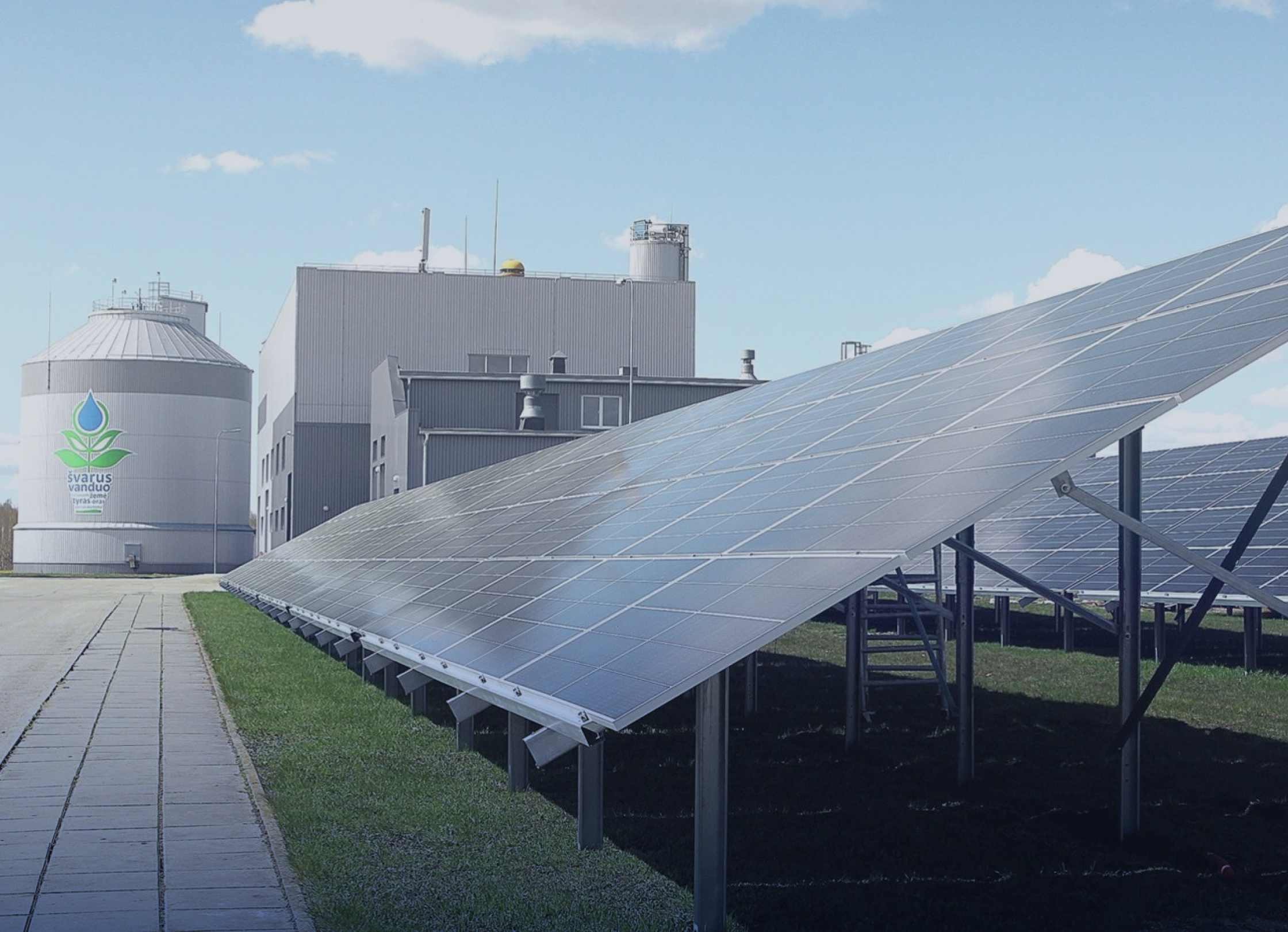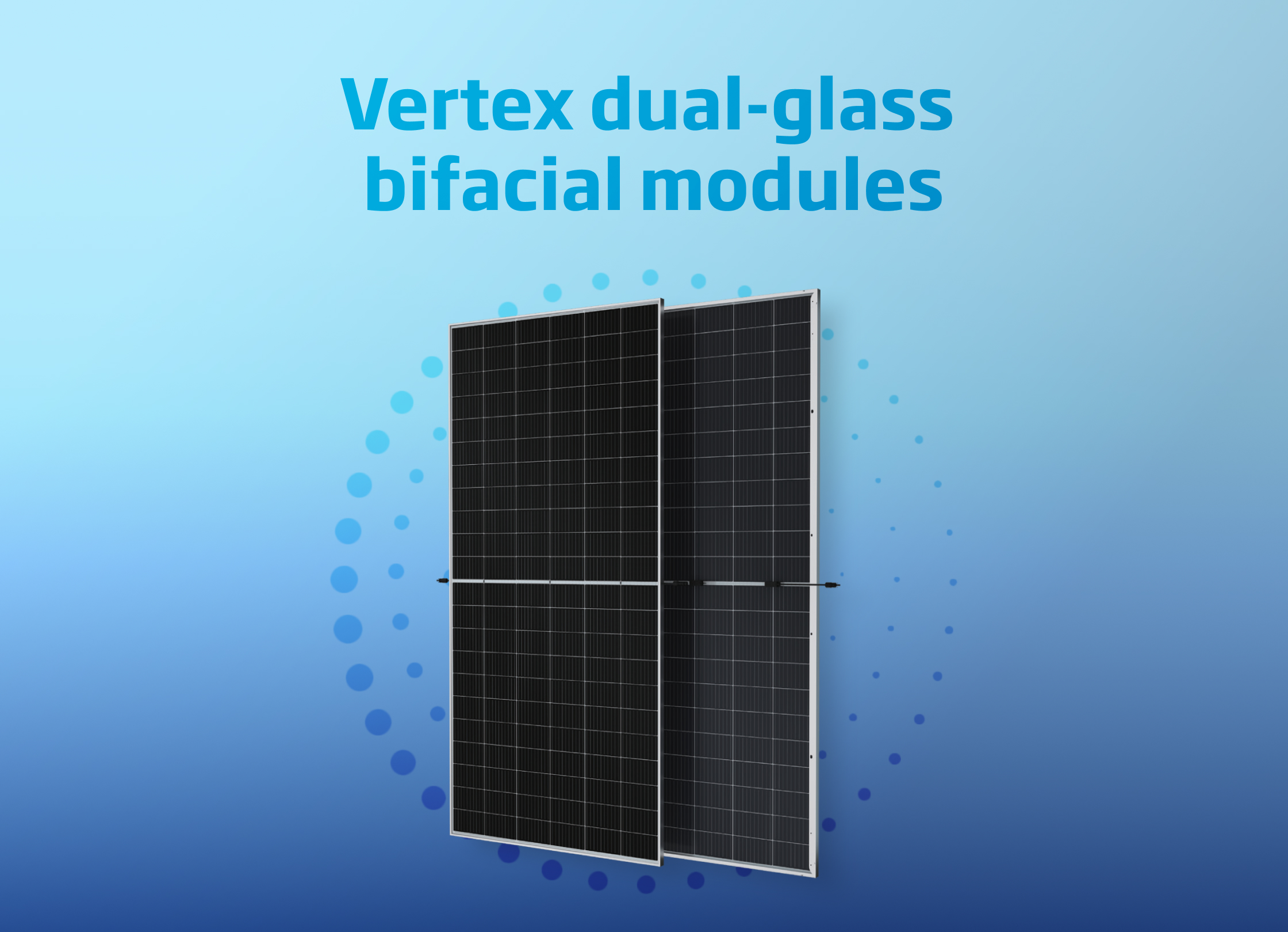How to analyze shading: Trina Solar's View Factor Model
- 22/11/22
- Reliability,Innovation and Advance,Business of Solar,Industry News,Panel Talk and Technology,Trina Success
Shading is one of the major factors that can affect the power generation efficiency of a solar panel. In general, any area within a solar PV system’s active cell surface that falls under shade or shadowing is an area that is not providing adequate sunlight for the power generation of the panel itself, and can drag down the power output. Therefore, when designing and orienting a solar power plant, it is important to consider potential shading as a major factor.
The impact of shading on bifacial PV modules
Shading can affect the power generation of both bifacial and monofacial solar panels. However, with bifacial panels specifically, shading provides a unique impediment to overall power generation efficiency. This is because a bifacial model will capture sunlight from both its front-facing side and its rear-facing side, with the rear-facing side capturing sunlight that is reflected off the ground, nearby objects, the clouds, and the surrounding atmosphere. In general, shading to the rear-facing side of a bifacial solar panel is more likely to happen than on the front-facing side, due to the structural elements needed to mount the modules. Therefore, when designing a bifacial solar system, a thorough analysis of potential shading for the rear-side is essential. This way, a bifacial panel’s solar power generation will not be substantially affected by the presence of structural objects that can cast shadows on the rear side of the panel.

Trina Solar's shading modelling
Given the significance of shading analysis in bifacial solar panel design, Trina Solar has developed an innovative View Factor Model, providing recommended values for Structure Shading Factor (SSF) parameter to measure the extent of potential shading on a bifacial solar panel. The right choice on SSF values will therefore allow the solar array designer to minimize potential shading, and maximize the overall power generation of both the front- and rear-facing sides.
Trina Solar’s SSF is derived from several different factors that can affect the shading of the rear-facing side of the bifacial solar panel. For technical details, please refer to The Ultimate Guidebook for Bifacial System Design, which you can download here free of charge.

Minimizing shading on bifacial solar panels
Thanks to Trina Solar’s SSF, new bifacial solar power plant designs can incorporate comprehensive shading analyses into the overall design and construction of the array. With these factors under consideration, designers can run multiple simulations and computations of different types of shading scenarios that may affect the overall power generation of a bifacial system. These kinds of simulations give engineers a better understanding of how to best orient a particular bifacial array, how different factors will affect the power generation efficiency of the system, and how to place the panels to minimize potential shading.

Trina Solar’s Ultimate Guidebook for Bifacial System Design
For more information on Trina Solar’s Structural Shading Factor, and how to use the SSF to best analyze the shading affecting bifacial solar panels, Trina Solar’s new Ultimate Guidebook for Bifacial System Design contains comprehensive analyses of different shading factors and thorough analyses of which factors most affect the power generation efficiency of a bifacial solar power plant.

